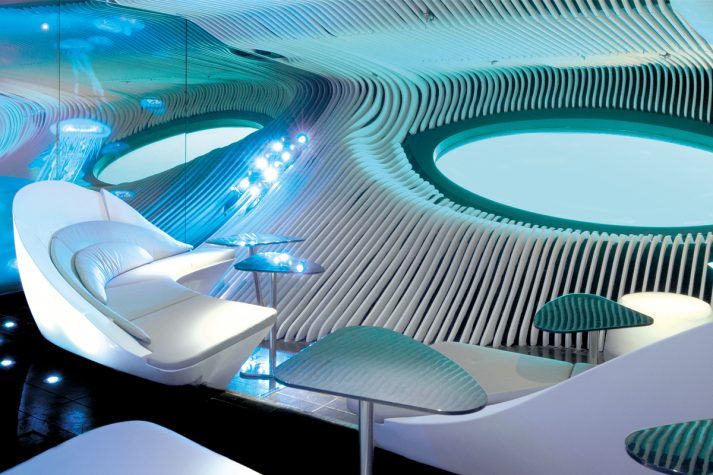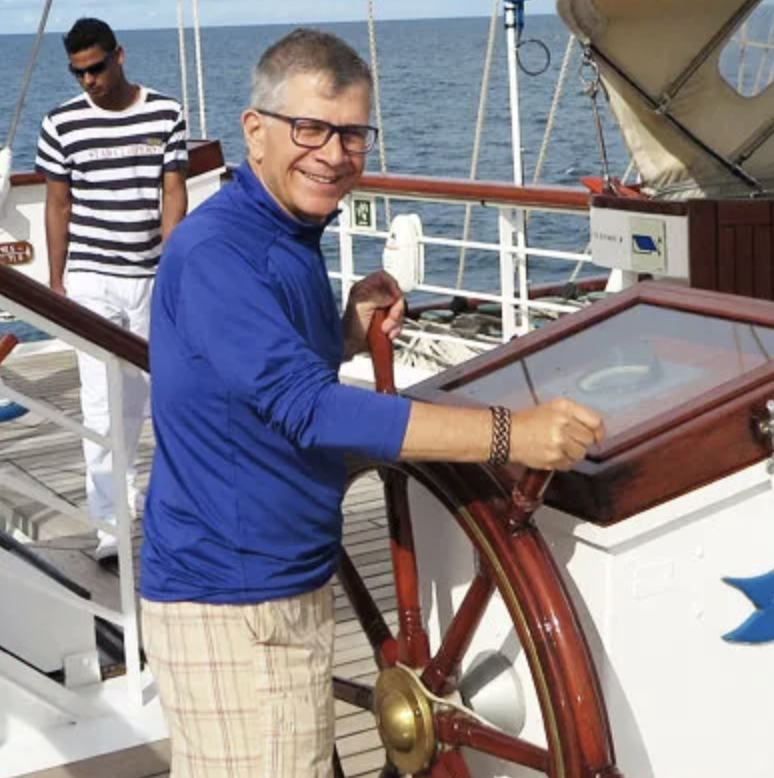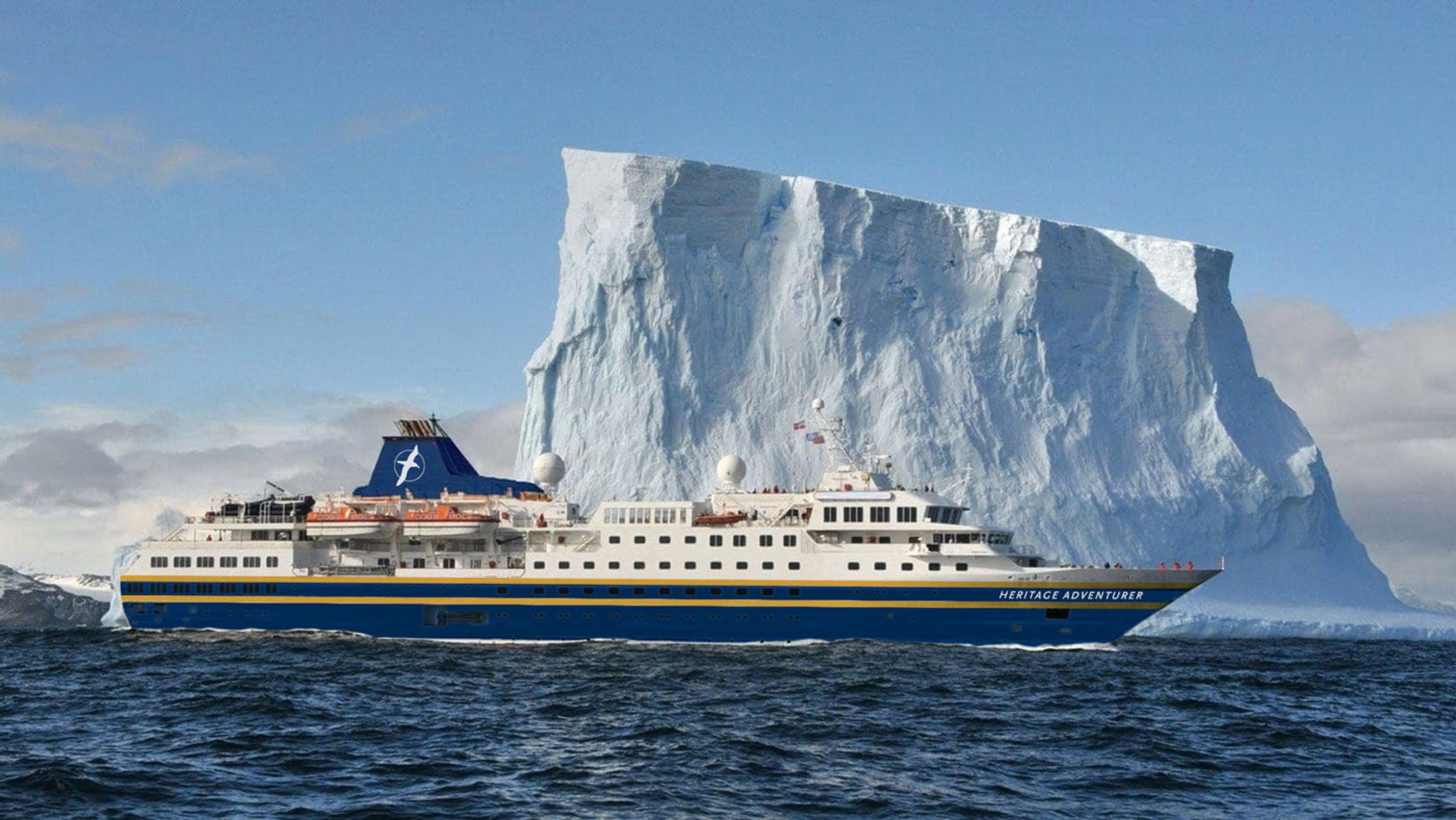One of the most senior expedition managers in the cruise industry has questioned the growing trend towards “gimmicks” like helicopters and submarines, claiming they could be a danger to fragile environments.
He also revealed that the line would be removing the Silver Discoverer from the Kimberley in 2019, and replacing her in 2021 with the Silver Explorer.
Celebrating Silversea’s decade of expedition cruising, Conrad Combrink told a lunch at Sydney’s Opera House restaurant, Bennelong, that the line, which recently partnered with Royal Caribbean, would never have helicopters or submarines on its vessel.
Mr Combrink, senior vice President Strategic Development Expeditions and Experiences, said Silversea believes the Zodiac was still the best way to view wildlife and sealife without harming the environment, and that helicopters and submarines were just “gimmicks” that threatened noise and pollution.
His comments appeared to reference the only two lines launching so-called expedition yachts: Scenic with the Eclipse and Eclipse 2, which has helicopters and a submarine, and Crystal Endeavour which has a submarine, though he did not name the lines in his speech.

Before his speech, however, he also described the Blue Eye lounge aboard Ponant’s new vessels like Le Laperouse as another “gimmick”. Blue Eye has hydroponic microphones and windows.“If you want to hear a few sounds from the sea, that’s fine. But good luck seeing sea life outside the windows!” he said.
His comments were dismissed by Sarina Bratton, chair of Ponant Asia Pacific.
She is not concerned that other operators had helicopters on board their ice expedition ships.
“Helicopters are good for scouting the ice region and for navigation. There is only a limited area where submarines and helicopters can be used when they are in the ice region. They are not a threat to the environment.”
She said Ponant’s new multi-sensory, underwater Blue Eye lounge is a “pioneering enhancement” where guests can sit in an underwater lounge, have a drink and watch the sea life and listen to the sounds they make.
Ponant’s expedition leader Mick Fogg told her that when Ponant cruises in the Kimberley, the ship will have to turn down the sound system as it reaches Careening Bay, the largest breeding grounds of the humpback whales. The sounds made by the humpbacks will be so deafening that the sound system in the Blue Eye lounge will have to be turned down.
Mr Combrink recalled Silversea created the first luxury expedition cruise in 2008, with the Silver Explorer travelling to the polar regions from London. Many believed high costs would mean the product would never take off.
Instead, the expedition industry is booming both in Australia and overseas.
Australia is Silversea’s third biggest market and supplies 25 per cent of the line’s passengers, and there are 28 expedition ships under construction worldwide.
But Mr Combrink was concerned the competition meant there could be a price war.
He pledged Silversea would not be lowering its itinerary prices. They ranged from $1,100 to $1,200 a day, while some other lines were now charging $600.
Silversea was all inclusive with specially trained staff, a high staff to guest ratio and newly refurbished ships.









